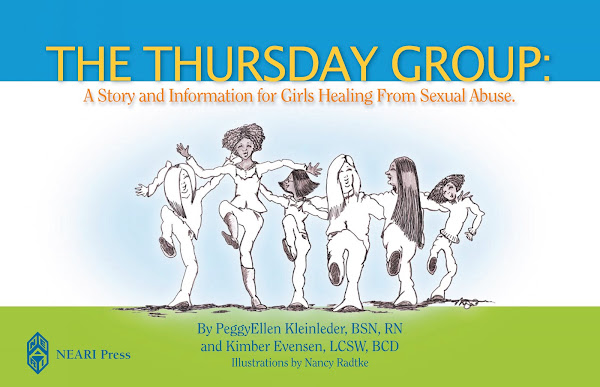 About one thousand people gathered in Palm Springs, California last week for the 12th National Indian Nations Conference: Justice for Victims of Crime sponsored by the Tribal Law and Policy Institute and the Office for Victims of Crimes. The theme of the conference was "Walking in Harmony: Honoring Victim Voices to Achieve Safety, Justice & Healing." I was honored and grateful to be included as one of the 175 presenters. Just being there in the presence of so many courageous and powerful victims/survivors of sexual abuse, sexual assault and domestic violence was amazing. All of the people attending and participating are dedicated to speaking and working for healing and change, helping people find justice and stay safe. Many spoke clearly and honestly about the terrible things that had happened to them.
About one thousand people gathered in Palm Springs, California last week for the 12th National Indian Nations Conference: Justice for Victims of Crime sponsored by the Tribal Law and Policy Institute and the Office for Victims of Crimes. The theme of the conference was "Walking in Harmony: Honoring Victim Voices to Achieve Safety, Justice & Healing." I was honored and grateful to be included as one of the 175 presenters. Just being there in the presence of so many courageous and powerful victims/survivors of sexual abuse, sexual assault and domestic violence was amazing. All of the people attending and participating are dedicated to speaking and working for healing and change, helping people find justice and stay safe. Many spoke clearly and honestly about the terrible things that had happened to them.  My workshop addressed how to talk about a traumatic event in a grounded, healing way. Telling our stories of abuse or other trauma is an important part of getting help, healing, and trying to prevent the same thing from happening to others. Unfortunately, telling about it can be difficult because it may bring back feelings from when the trauma happened. In my presentation I demonstrated ways to keep from getting sucked back into the memory. We practiced many of the things that the characters in The Thursday group practiced, such as using belly breathing, stomping, and the butterfly hug.
My workshop addressed how to talk about a traumatic event in a grounded, healing way. Telling our stories of abuse or other trauma is an important part of getting help, healing, and trying to prevent the same thing from happening to others. Unfortunately, telling about it can be difficult because it may bring back feelings from when the trauma happened. In my presentation I demonstrated ways to keep from getting sucked back into the memory. We practiced many of the things that the characters in The Thursday group practiced, such as using belly breathing, stomping, and the butterfly hug. My mother and my sister-in-law came with me to the conference, which was great. Mom sat at my book table. It was wonderful to hear from people how helpful the book has been in their communities, or how excited they were to be bringing it back to their workplace, or to a family member. My sister-in-law, Laurie, was sunning herself next the pool near a tribal judge who was reading The Thursday Group. She said she planned to order copies of the book to give to girls coming through her court. When Laurie mentioned that the publisher, NEARI press, gives a 40% discount for orders of 40 books or more, the judge said that they could easily use 40 of the books. A number of other participants also said that they would be placing bulk orders. Kimber and I are soooo thrilled that more and more of the books are getting out into the hands of girls.










